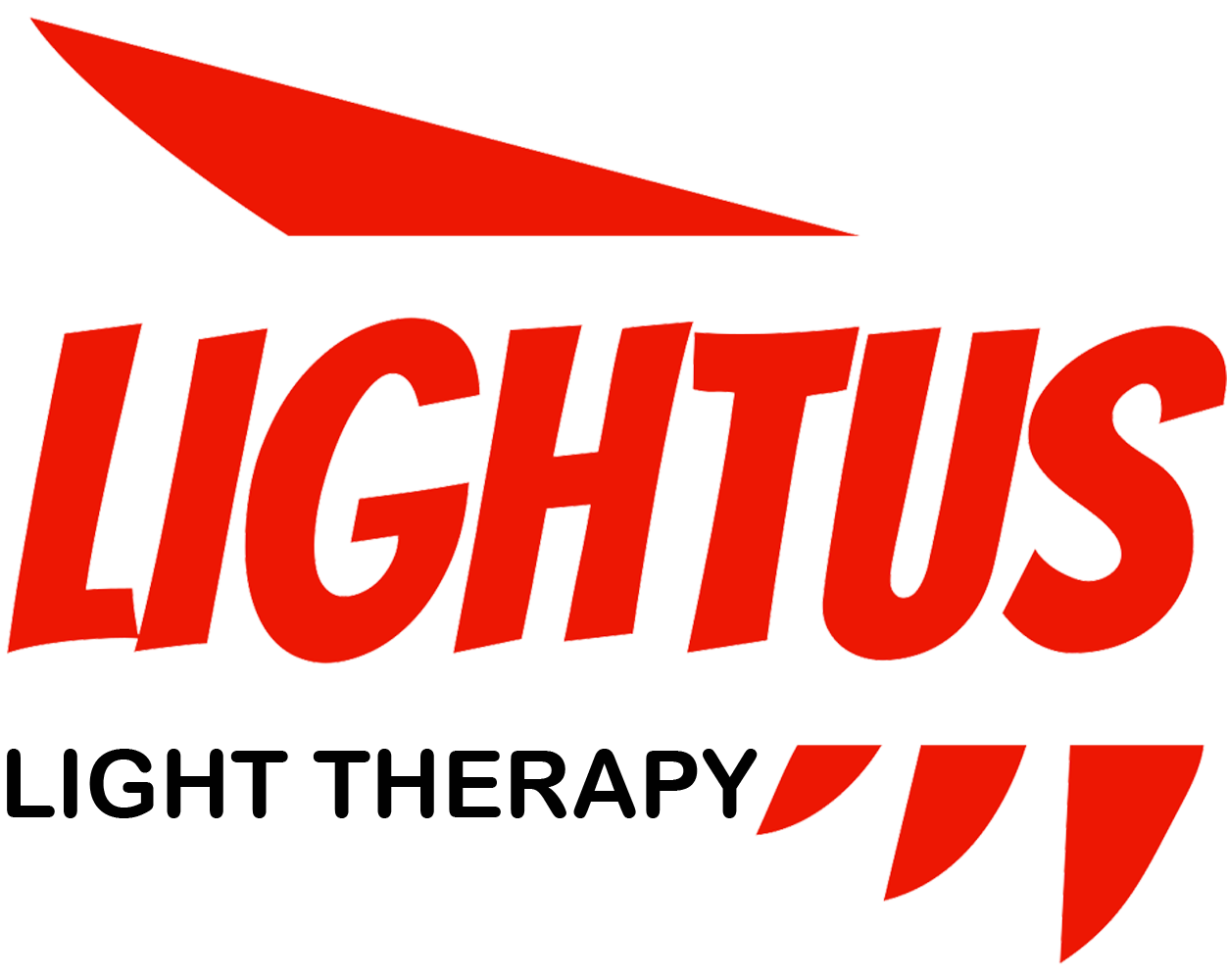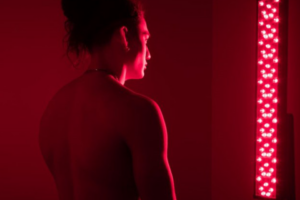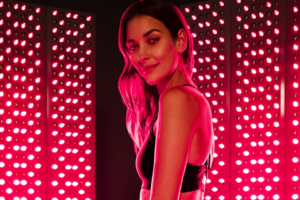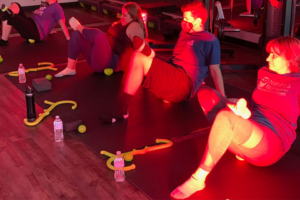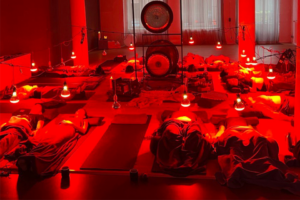Unlocking the Power of Red Light Therapy: Benefits, Science, and Applications

Red light therapy has been gaining popularity as a non-invasive treatment for various health and cosmetic concerns. This article delves into the science behind red light therapy, its potential benefits, and how you can incorporate it into your wellness routine. Whether you’re a curious beginner or looking to expand your knowledge, this comprehensive guide will illuminate the world of red light therapy.
Table of Contents
What is Red Light Therapy and How Does it Work?
Red light therapy, also known as photobiomodulation therapy or low-level laser therapy, is a treatment that uses specific wavelengths of red and near-infrared light to stimulate cellular function. But how exactly does this therapy work?The science behind red light therapy is based on the principle that certain wavelengths of light can penetrate the skin and be absorbed by cells. This light energy is then converted into cellular energy, which can trigger various biological processes. The most commonly used wavelengths in red light therapy are 660nm (red) and 850nm (near-infrared).When cells absorb this light, it stimulates the mitochondria – often referred to as the powerhouses of the cell – to produce more ATP (adenosine triphosphate), which is the primary source of energy for cellular functions. This increase in cellular energy can lead to various beneficial effects throughout the body.
What Are the Potential Benefits of Red Light Therapy?
Red light therapy has been studied for its potential to address a wide range of health and cosmetic concerns. Some of the commonly cited benefits of red light therapy include:
- Skin health and anti-aging effects
- Pain relief and inflammation reduction
- Improved wound healing
- Enhanced muscle recovery and athletic performance
- Hair growth stimulation
- Mood and cognitive function improvement
It’s important to note that while many studies show promising results, more research is needed to fully understand the efficacy of red light therapy for various conditions.
How Can You Use Red Light Therapy at Home?
With the increasing popularity of red light therapy, many at-home devices have become available. These range from handheld devices to full-body panels. When considering using red light therapy at home, it’s essential to choose a device that suits your needs and follows safety guidelines.For those interested in trying red light therapy at home, TherapyRedLight offers a range of red light therapy devices, including full-body panels and portable options.
Is Red Light Therapy Safe? Understanding the Risks and Precautions
While red light therapy is generally considered safe, it’s important to be aware of potential risks and take necessary precautions. Most side effects are mild and may include temporary redness or tightness in the treated area. However, it’s crucial to follow the manufacturer’s instructions and consult with a healthcare professional before starting any new treatment regimen.
Red Light Therapy vs. Other Light Therapies: What’s the Difference?
Red light therapy is just one type of light therapy. Other forms include blue light therapy, which is often used for acne treatment, and photodynamic therapy, which combines light with a photosensitizing agent for various medical applications. Understanding the differences between these therapies can help you choose the most appropriate treatment for your needs.
The Science Behind Red Light Therapy: What Does the Research Say?
Numerous studies have investigated the efficacy of red light therapy for various conditions. For example, a systematic review published in the journal “Lasers in Medical Science” found that low-level laser therapy was effective in reducing pain in adults with musculoskeletal disorders 1.Another study published in “Seminars in Cutaneous Medicine and Surgery” indicated that red light therapy may have potential benefits for skin rejuvenation 2.
How Often Should You Use Red Light Therapy?
The frequency of red light therapy sessions can vary depending on the specific condition being treated and the device being used. Generally, most studies and manufacturers recommend using red light therapy devices 3-5 times per week for optimal results. However, it’s important to follow the guidelines provided with your specific device and consult with a healthcare professional for personalized advice.
Red Light Therapy for Specific Conditions: What to Expect
Red light therapy has been studied for its potential benefits in treating various specific conditions. For example:
- For skin concerns: Red light therapy devices designed for facial use may help improve skin texture and reduce signs of aging.
- For pain relief: Targeted devices like knee wraps or belts can be used for localized pain management.
- For hair growth: Specialized caps have been developed to target hair follicles and potentially stimulate growth.

Choosing the Right Red Light Therapy Device: Factors to Consider
When selecting a red light therapy device, consider factors such as:
- The size of the treatment area
- The specific wavelengths offered
- The power output and treatment time
- Ease of use and portability
- Safety features and certifications
TherapyRedLight offers a range of devices to suit different needs, from full-body panels to targeted solutions.
The Future of Red Light Therapy: Emerging Research and Applications
As research in the field of red light therapy continues to evolve, new applications and refinements in treatment protocols are emerging. Ongoing studies are exploring the potential of red light therapy in areas such as cognitive function, athletic performance, and even certain neurological conditions. The future of red light therapy looks promising, with potential for more targeted and effective treatments.In conclusion, red light therapy offers a fascinating approach to health and wellness. While more research is needed to fully understand its potential, the existing evidence suggests that it may offer benefits for a wide range of conditions. As with any health intervention, it’s important to approach red light therapy with an informed perspective and to consult with healthcare professionals when considering its use.Key takeaways:
- Red light therapy uses specific wavelengths of light to stimulate cellular function
- Potential benefits include skin health, pain relief, and improved healing
- At-home devices are available, but proper use and safety precautions are important
- More research is needed to fully understand the efficacy for various conditions
- Consult with a healthcare professional before starting any new treatment regimen
Red light therapy device for at-home use
Footnotes
- Clijsen, R., Brunner, A., Barbero, M., Clarys, P., & Taeymans, J. (2017). Effects of low-level laser therapy on pain in patients with musculoskeletal disorders: a systematic review and meta-analysis. European Journal of Physical and Rehabilitation Medicine, 53(4), 603-610. ↩
- Avci, P., Gupta, A., Sadasivam, M., Vecchio, D., Pam, Z., Pam, N., & Hamblin, M. R. (2013). Low-level laser (light) therapy (LLLT) in skin: stimulating, healing, restoring. Seminars in Cutaneous Medicine and Surgery, 32(1), 41-52. ↩
